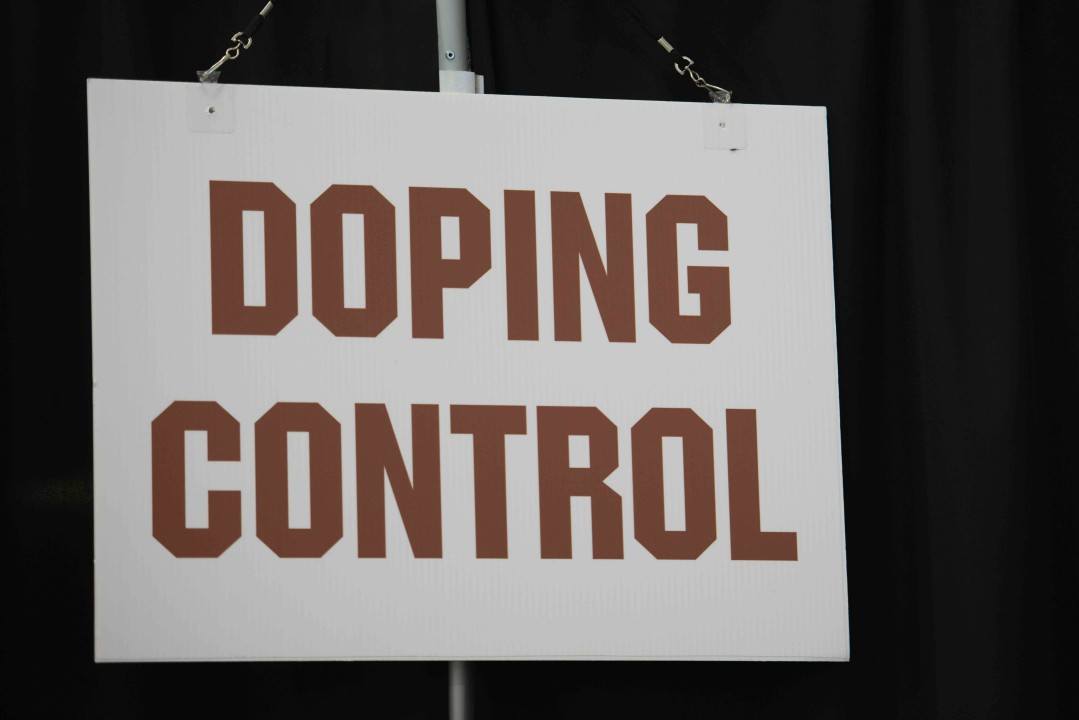Spending on anti-doping efforts has seen a sizeable increase from international sporting federations over the last eight years, according to a report released by the Association of Summer Olympic Federations (ASOIF).
The December survey report shows that total spending by international federations increased from $27.7 million in 2015 to $51.4 million in 2022, marking an annual growth rate of 6.8 percent (adjusted for inflation) and an 85.6 percent jump overall.
There was a greater distribution among federations as well—in 2015, 80 percent of anti-doping expenditures came from the top six federations, and in 2022, the top six only accounted for 65 percent.
The majority of anti-doping budgets were spent on testing and analysis (72 percent), with just over 11 percent going to administrative and overhead costs.
Spending Breakdown
- Testing – 54.1% ($27.8 million)
- Analysis – 18.0% ($9.3 million)
- Overhead/Admin — 11.1% ($5.7 million)
- Results Management/Legal Follow-Up — 6.9% ($3.5 million)
- Intelligence and Investigations — 4.7% ($2.4 million)
- Education — 3.3% ($1.7 million)
- TUEs — 2.0% ($1.0 million)
Relative to 2015, testing expenditure increased by 8.8 percent annually, while the biggest jump came from Intelligence & Investigations, which saw a 53.3 percent increase from $100K in 2015 to $2.4 million in 2022.
There has also been a stark increase in investment in education and Intelligence and Investigations (I&I), up from 2.8 percent of the budget in 2015 to 8.0 percent last year. The report notes that federations have expressed intent to prioritize education over the next four years.
There has also been an increase in the percentage of federations that are fully outsourcing their anti-doping efforts to the International Testing Agency (ITA), which was founded in 2018. In 2022, 48 percent of summer federations were using the ITA, with that percentage expected to rise to 64 percent within the next four years.
The only area that decreased in spending from 2015 was Overhead/Admin costs, which was due in part to a greater percent of federations outsourcing their anti-doping efforts.
Just two of 33 federations (6%) were doing their own sample collection and testing in-house, while 27 used the ITA (82%), one used an integrity unit and three used a different anti-doping agency. Fourteen (42%) did their own education programs, and 16 used the ITA.
FOR THE FUTURE
- 18 federations (55%) expect their anti-doping budgets to grow in the next four years at a similar (or higher) rate than the historical growth rate of 7%.
- In a poll on what federations deem to be the biggest areas of priority over the next four years (top two selections per federation included in the results), 97% (32 of 33) selected education as a key area, while 85% selected testing.
- Intelligence-based testing was the opportunity expected to have the greatest “impact” over the next four years, with 88% of federations selecting it in the survey (top two selections included). Reducing the costs of testing through new technologies (82%) and investing in scientific and social research (76%) were the second and third-most selected options.
- New doping technologies was selected by 76% of federations as the biggest threat to anti-doping in the next four years, followed by lack of budget/resources (70%) and a major doping scandal affecting integrity of sport (55%).
- 18 of the 33 federations (55%) feel they have an “above-average” level of preparedness for the future, while 29% selected “excellent” and 16% selected “average”.
The ASOIF received a 100 percent response rate for the survey. You can find full the report here.

In athletics Kenya and India have made testing a priority, after waves of positives and threats of international sanctions. Kenya had only 38 runners in the testing program but it will rise to 300. This article describes their situation very well. The doping is not concentrated in athletes who aspire to the national team so much as among those who could make life changing money in local races:
https://apnews.com/article/kenya-doping-track-field-worlds-2358ed10c5016bba7eadc6024034afde
thats great news!